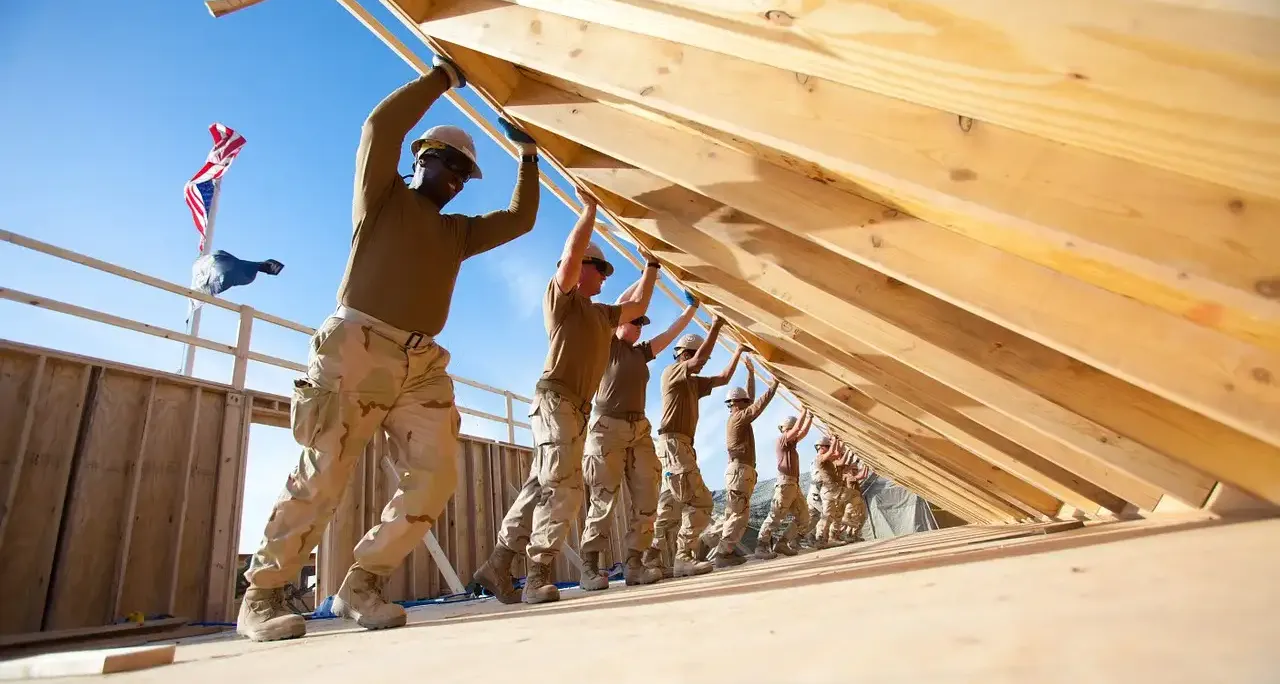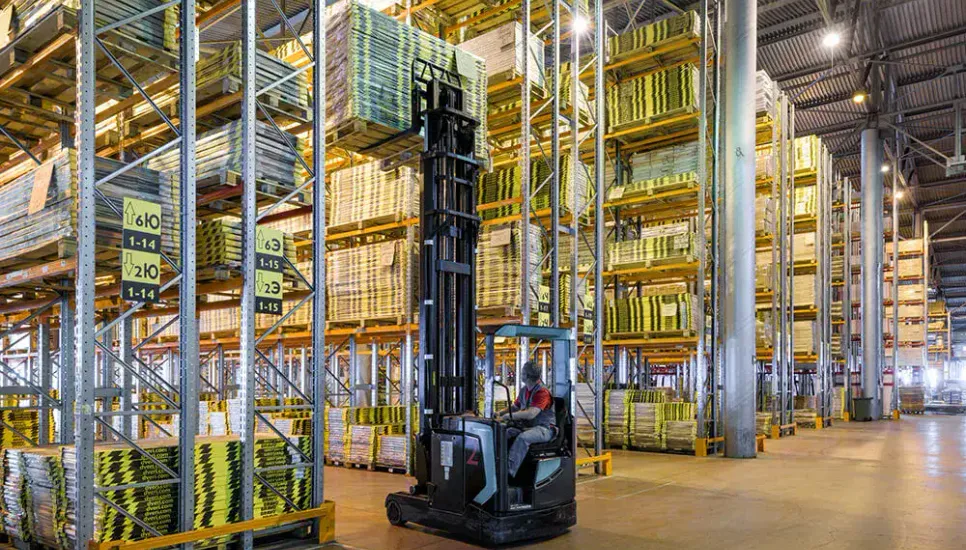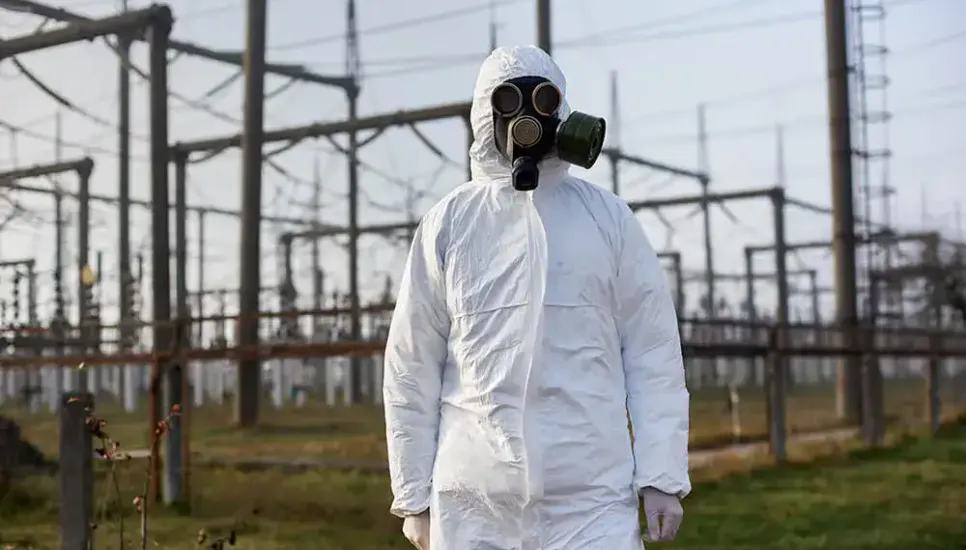Introduction
Without proper guarding, trusses, or anchors, construction employees are exposed to an increased danger of falling when working on roofs or around floor openings. Although roof tasks are commonly seen as being more hazardous, an alarming number of workers experience falls in either situation every year. These accidents are entirely preventable with the help of sufficient safety training.Potential Hazards
The most frequent risks encountered by flooring and roof installation workers are:
Falls from Heights.
There are a number of safety precautions that construction managers can take in order to prevent their employees from accidentally falling through floor or roof openings, as well as off the side of the latter. Rigorous supervision during the first months on the job, as well as continuous safety training can drastically reduce the number of injured workers.Inhalation of Vapors and/or Asbestos Fibers.
Whether it’s sealers, adhesives, varnish, or any kind of epoxies, the products commonly used in roof and floor installations contain dangerous chemicals. Without appropriate protective equipment, exposure to such vapors may cause a series of adverse effects that can range from coughing to permanent nerve damage. Airborne asbestos fibers that may surface when workers perform repairs on older buildings are equally dangerous.Fire or Explosions.
Although not usually a problem in roof work, flooring does see its fair share of enclosed spaces with poor ventilation. In such instances, vapors can slowly build up and eventually lead to a fire or, worse, an explosion.Dermatitis.
Direct skin contact with hazardous substances is one of the most frequent and unforeseen hazards in this line of work. Aside from causing local allergic reactions, some of the chemicals used on sites are absorbed by the body. Solvents can slowly build up in a worker’s body and ultimately lead to systemic diseases.
Incident Prevention
A number of legally mandated measures with regards to construction activities must be implemented by construction businesses. For indoor spaces, adequate ventilation must be provided so that no more than a quarter of the available air is contaminated by vapor. In addition, no open flames or sources of ignition must be present in the vicinity of solvents, sealers or varnishes.
The workers themselves must be provided with complete personal protective gear that is appropriate for the task at hand. When working with paints, respirators must be used, whereas roof installations will commonly see personal harnesses and other such equipment being deployed.
Furthermore, businesses are required to offer access to safety training courses designed to make all employees aware of the occupational hazards specific to their line of work. These courses can also ensure that workers are able to properly assess risks and avoid accidents.
Recommended Safety Courses
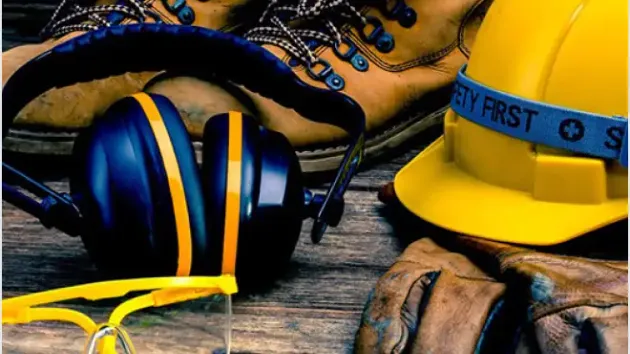
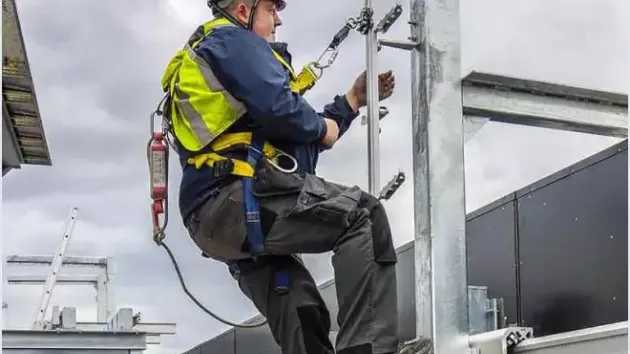
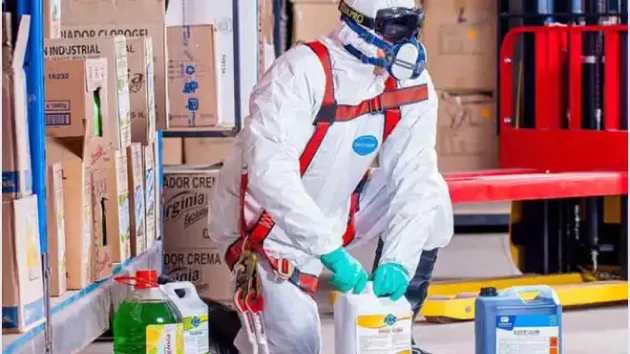
What You Can Do to Stay Safe
Whether you’re a laborer, carpenter, welder, operator, electrician, plumber, or engineer, you are within your rights to request safety training from your employer. The latter is under legal obligation to be straightforward about the full range of occupational hazards you will face in your job, but also to ensure that you are prepared to deal with them.
To view a complete list of the safety courses best suited for your job, please visit our Construction industry page and select your occupation from the provided list.
